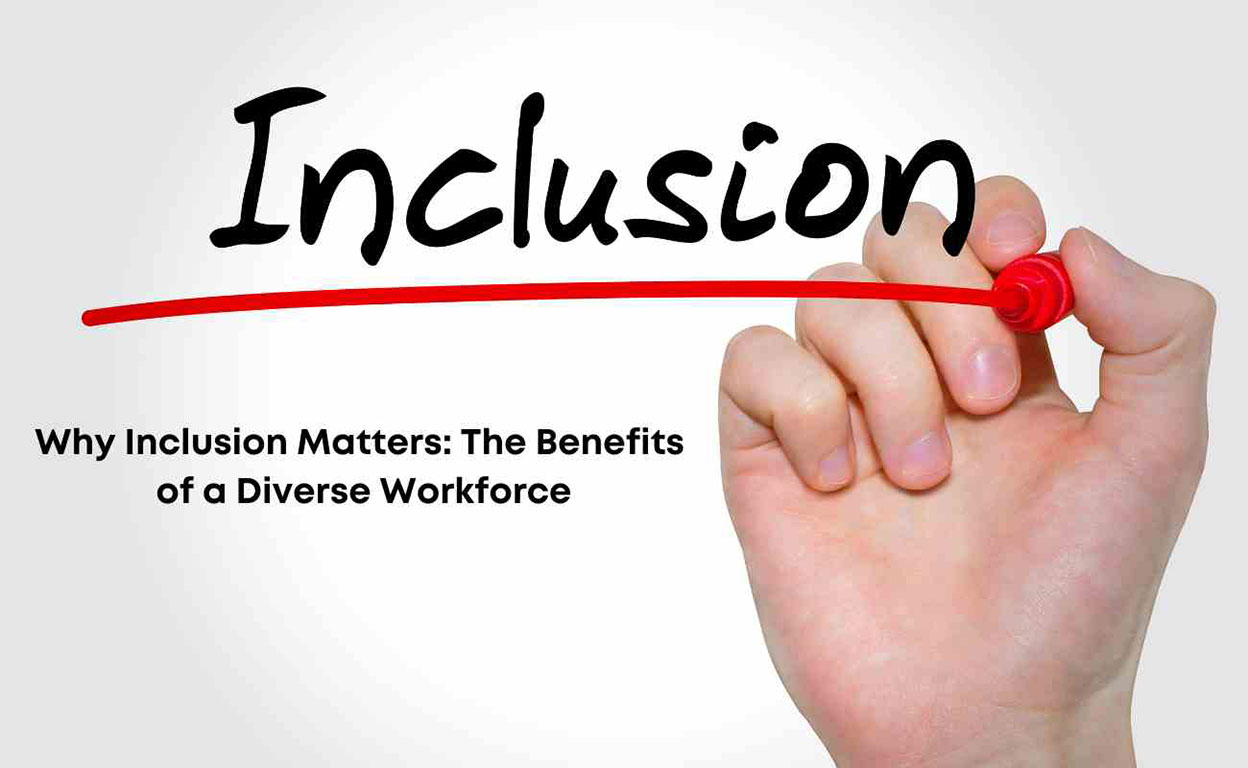
Why Inclusion Matters: The Benefits of a Diverse Workforce
According to the CDC, one in four adults live with a disability.
Disability inclusion means creating a welcoming environment where people feel valued for what they bring to the table, including their differences.
Exclusion can come from a lack of understanding, biases, or even fear. Cultural competency and diversity are essential to achieving self-determination, independence, and inclusion for all individuals.
Defining Disability Inclusion
Disability inclusion at work is about creating a welcoming environment where individuals feel appreciated, valued, and seen for their unique talents and contributions.
This includes designing physical spaces, events, websites, and language to make it easier for people with disabilities to thrive.
Individuals living with disabilities face many challenges at work, including attitudes, biases, and lack of accommodations. The work of inclusion lies in making a difference in the environments that we invite them into.
Creating inclusive workplaces means recognizing and accommodating people’s differences, rather than just meeting quotas. People with disabilities should not be pitied but respected for their talents and accomplishments just like anyone else.
Disability inclusion means creating welcoming environments where individuals’ differences are valued, not just tolerated.
Cultural Competency and Diversity in Disability Inclusion
It is important to recognize and address the unique barriers that minority communities face in achieving self-determination, independence, and inclusion.
Individuals with disabilities from diverse ethnic backgrounds and diverse genders face unique challenges. Disability inclusion that recognizes intersectionality can help level the playing field and empower people with disabilities to thrive.
Well-meaning attempts can also lead to disability exclusion if not carefully considered. Disability exclusion can stem from a lack of understanding, biases, discomfort, and even fear. Managers may avoid working with someone with a disability out of uncertainty or unpreparedness.
Why Inclusion Matters: The Benefits of a Diverse Workforce
Designing physical spaces, events, and websites can all help create inclusive environments. This includes accommodating all relevant disabilities and accommodating staff when necessary.
Language is also essential, as it can exclude people with disabilities when not appropriately chosen. Offering accommodations, such as allowing flexible working arrangements or providing adaptive technologies, can also improve inclusion and accessibility in the workplace.
Creating inclusive workplaces that celebrate diversity and recognize that everyone has unique needs and different approaches to work is essential. Inclusion is about welcoming professionals and creating environments where everyone can thrive and shine.
It’s important to recognize everyone’s needs and ways to overcome unique challenges to ensure inclusivity.
Cultural Competency and Diversity in Disability Inclusion
Cultural competency and diversity are fundamental aspects of disability inclusion in the workplace.
Understanding the unique and diverse backgrounds of individuals is essential to create inclusive environments. It’s crucial to acknowledge the barriers that people with disabilities face to succeed and achieve independence.
The developmental disability network must increase the cultural competency of its leaders, staff, and decision-makers. By doing so, we can ensure that everyone has access to services and supports that promote self-determination, independence, and inclusion in their communities.
Creating Inclusive Environments
Designing physical environments, events, and websites that are accessible is a critical step towards inclusion. It can make a significant difference in the daily lives of people with disabilities.
Ramps, wheelchair-accessible restrooms, Braille signage, and captions in videos can make moving around the physical environment much easier for people with disabilities.
Similarly, websites featuring accessible design can make it possible for people with disabilities to easily access the information they need.
When creating events, consider factors such as the layout of the venue and the availability of assistive technology.
Inclusion in language and communication involves using appropriate terminology and being mindful of the way disability is discussed.
Avoid stereotyping


One Comment